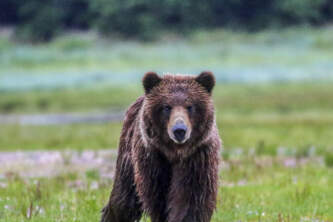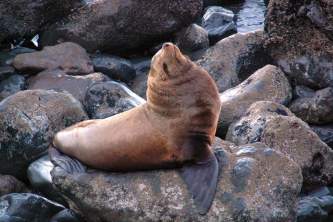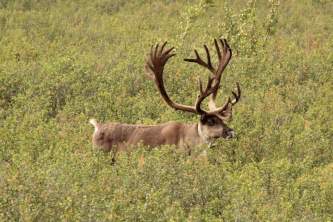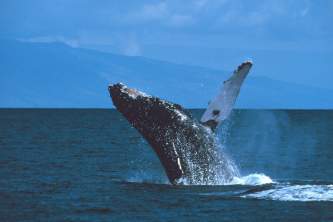Alaska Bear Facts & Trivia
In the early 1940's, the park dump in Yellowstone was a bear-viewing hot spot. People would put garbage out for bears and gather on bleachers to watch the spectacle. These days, bear-viewing is much more respectful of the bear's environment. And in Alaska, it's still a relatively new concept—only in the last 8-10 years has formal bear viewing really become popular.

At the famous McNeil River, people have seen as many as 72 bears at one time and 150 through the course of a day. In last few years, the numbers at McNeil have not been quite as high, but one can still see 40-45 at one time. That many bears together in one place will lead to some interesting behaviors.
Quick Facts
There are 8 species of bear in the world right now. In the next 20—30 years, the fate of most of those species will be decided. Some people would be fine eradicating bears in the wild to accommodate human settlement—some states have even organized bear hunts. But bears are as important to the balance of nature as sheep or salmon. It's up to those of us who care for bears to look out for their survival.
- Bears can eat up to 15% of their body weight in one day.
- Bears gain up to 200 pounds between spring and fall.
- Bears reach an age of 30 years or more, if they're lucky.
What you might not know
Bears and people are very similar in the kinds of foods we like (we're both omnivores with a passion for salmon), habitats we prefer, even our mutual curiosity. We're pretty much competitors for the same niche. But people have won this battle. The only place we'll have bears in the future is where humans have decided to let bears live and Alaska is one of the largest places.




